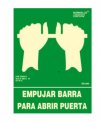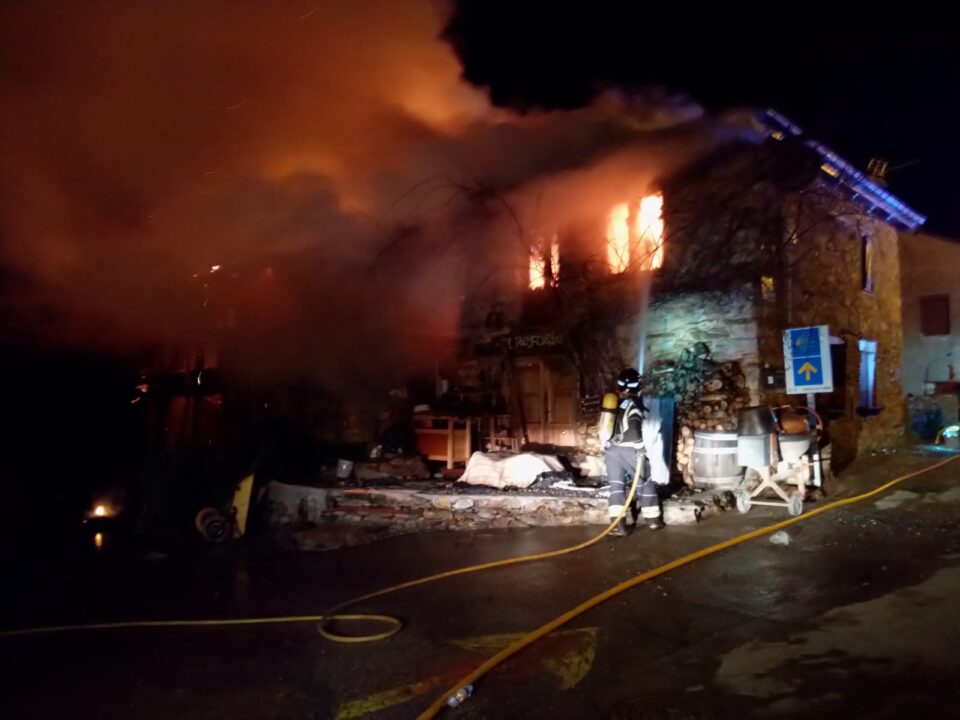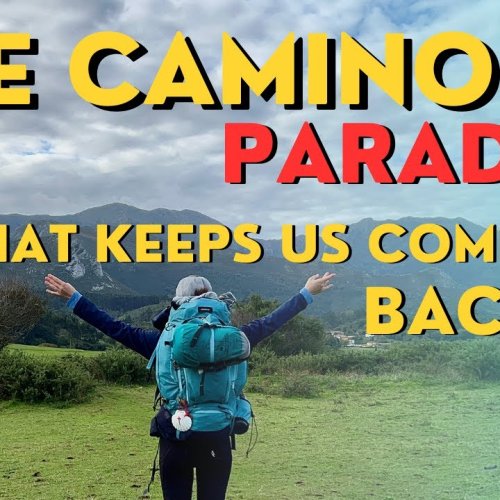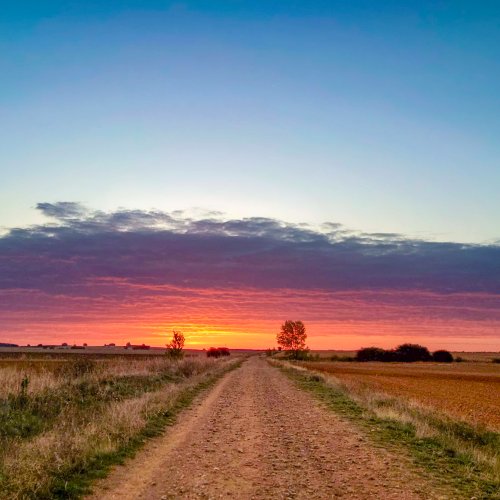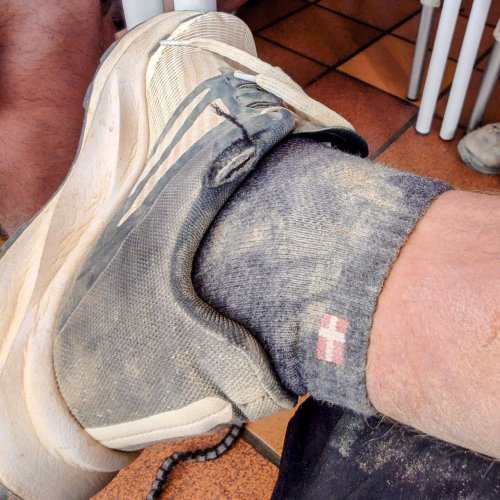I had to undergo annual fire courses and training with regard to my employment. The importance of escape cannot be over emphasised. An appreciation of the "fire triangle" is also helpful, this being point of ignition, fuel (in the form of combustible material) and oxygen. Deprive a fire of any of these and you don't have a fire.
Same here: As a skipper, I have had to take safety courses, including fire prevention and handling, health and life saving, panic control and handling, etc., regularly.
3 things are needed for a fire to start: (High enough) temperature, flammable material, and oxygen, as
@Bristle Boy so correctly points out. Remove one of them if you can, and the fire will go out. If not, get out.
As for fire extinguishers: Here's how to use them: You can most often not put out a building fire with them. A 5 kg. container will typically only last for 6-8 seconds (!) if you pour it it out all at once. Focus on getting out, and help the people around you by pumping out small bursts on the floor to make your way out. Forget to save the building.
As for in your home: Many people keep their fire extinguishers in a wrong location, typicaally by the front door. If a fire starts at daytime, you will easily get out and be safe. The problem is, many fires start at nighttime when you are asleep: you are in your bedroom. The
front door is where you want to go; most likely opposite from your bedroom... Keep your fire extinguisher in your bedroom, in order to make your way to the front door.
In albergues, ask for the emergency exits (donde esta la(s) salida(s) de emergencia) and memorize them. Check where there are fire extinguishers (donde esta los extintores de incendios). I always do these things when I stay in hotels f.ex.. If the albergue fails on these points, find another, or check how to secure yourself in case of an emergency.
Just my 0.02 Euros...
Edit: I have not heard of any fires in albergues so far, but they are bound to happen one day. Many are in old wooden buildings. More traffic, more people, many unskilled at these things, stupid kitchen behaviour etc. increase the risks...
